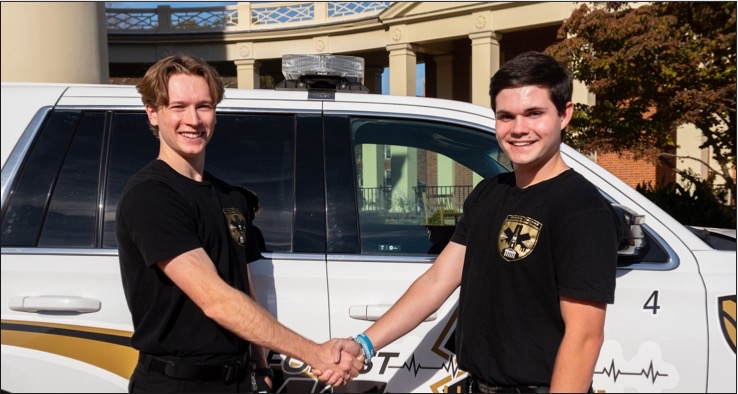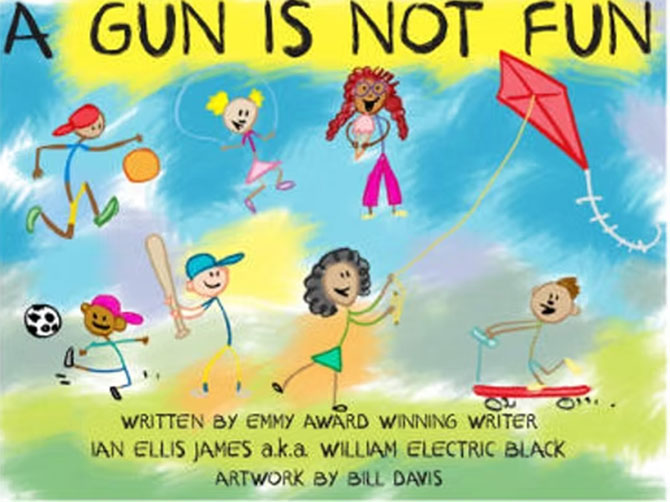At the start of this academic year, Wake Forest Emergency Medical Services brought a new easy-access medical kit called ‘Stop the Bleed’ Kit to the Wake Forest campus. These kits contain tourniquets, gauze, scissors and other necessary supplies to stop bleeding, as well as naloxone, more commonly referred to by the brand name Narcan, which is used to treat a opioid overdose in an emergency.
The initiative to distribute “Stop the Bleed’ Kits began last year when Wake Forest EMS realized that there is a growing fentanyl presence on college campuses, school shootings and other mass trauma events. These kits are a way to prepare for the foreseeable future in the case of an emergency event by giving students access to proper safety equipment at any moment.
“After calling 911 and Wake [Forest] EMS, in the first couple minutes [the caller is] on their own, so now they can at least take some initiative to stop the bleeding and possibly save a life,” EMS Chief Officer Hank Laxton said, “It’s unfair to put that kind of responsibility on the student body, but it’s necessary.”
The presence of accessible Narcan is a way to prepare in case a drug is laced with fentanyl or some other narcotic that can cause respiratory depression and lead to death. Narcan is a nasal spray medication that works quickly as an antagonist to those drugs, reversing the effects completely. It can not reverse every overdose but can save a life in a significant amount of cases.
After working with Wake Forest, the EMS officers leading the effort partnered with Atrium Health Wake Forest Baptist, who funded the creation of the kits. The kits are located in the automated external defibrillator (AED) cases across campus, and Wake Forest EMS has placed them in all residence halls with AEDs on the insides of the buildings. Since Narcan cannot be kept outdoors for a prolonged period, the team will find an alternate location for the kits inside residence halls that have outside AEDs. They are currently working to place the kits in the gym and other campus hubs.
The EMS officers believed that the addition of Narcan to the kits was necessary because of the unavoidable presence of illicit drugs on college campuses.
“Luckily Wake [Forest] is not that prone to things like overdoses or terrible accidents, but there is rising drug usage, opioid usage and fentanyl usage — all that stuff is a problem,” EMS Captain Nate Bozeman said. “It could eventually come to Wake, so having supplies available could save a life in the future.”
To advertise the kits to the student body, Wake Forest EMS placed stickers on each AED holding a ‘Stop the Bleed’ Kit, and they are now working to advertise to the student body by sending information out in different sources and tabling in popular areas on campus to teach students about the kits and Narcan.
In the future, the team hopes to host Narcan and ‘Stop the Bleed’ training for students on Hearn Plaza. They also plan to work with Greek life organizations to bring more awareness to students hosting and engaging in large social events.
“Hopefully in the future, it’s just assumed that [‘Stop the Bleed’ kits] are [available] and everyone knows it, the same way everyone knows there are AEDs in every building,” Laxton said. “That’s our ultimate goal.”
















